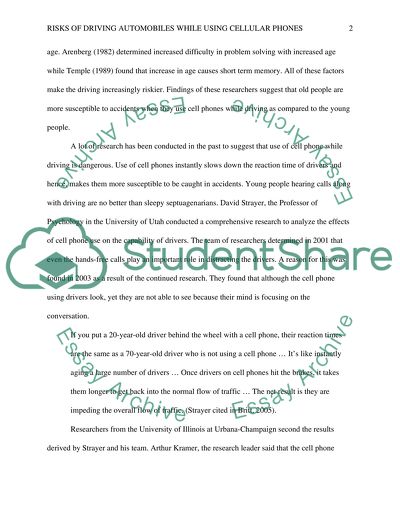Cite this document
(“Drivers of automobiles using cellular phones Essay”, n.d.)
Retrieved from https://studentshare.org/english/1430326-drivers-of-automobiles-using-cellular-phones
Retrieved from https://studentshare.org/english/1430326-drivers-of-automobiles-using-cellular-phones
(Drivers of Automobiles Using Cellular Phones Essay)
https://studentshare.org/english/1430326-drivers-of-automobiles-using-cellular-phones.
https://studentshare.org/english/1430326-drivers-of-automobiles-using-cellular-phones.
“Drivers of Automobiles Using Cellular Phones Essay”, n.d. https://studentshare.org/english/1430326-drivers-of-automobiles-using-cellular-phones.


